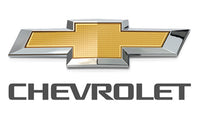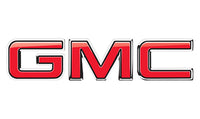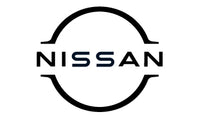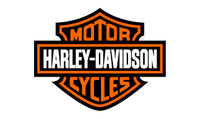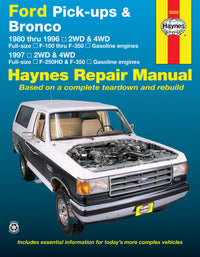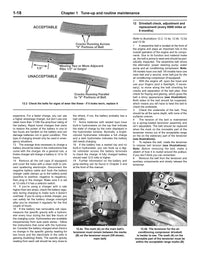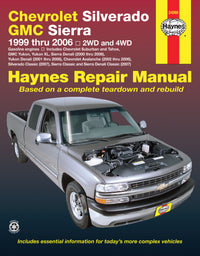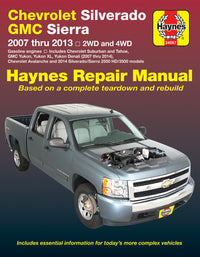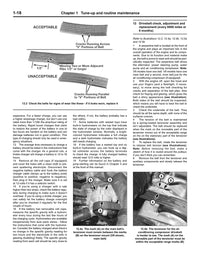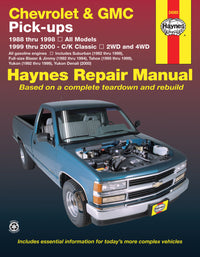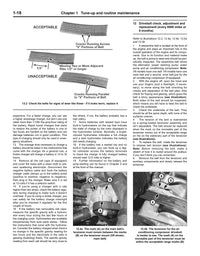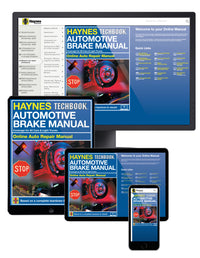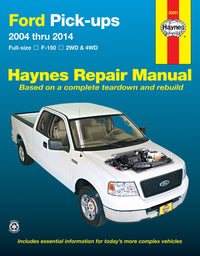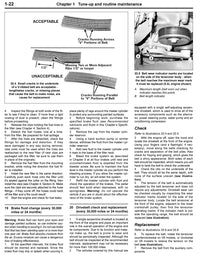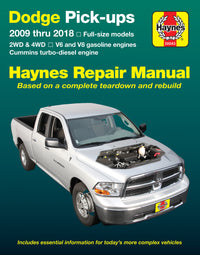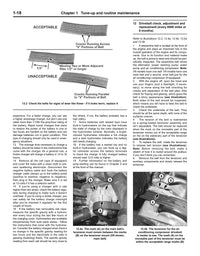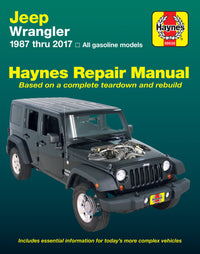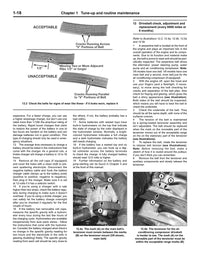The rotary engine is an unusual design, and is elegant in its simplicity; it has about 75% fewer moving parts than a similar-power piston engine (we've also explained how four-stroke piston engines work). There have been dozens of rotary engine designs (see this Wikipedia list) but only Felix Wankel's design has been successfully used in motor vehicles.
Instead of having cylinders it has rotor housings, and within the rotor housings are rotors that are triangular but with curved sides. These rotors fit into the oval-like housings (the correct name is epitrochoid, but think of it as an oval with pinched-in sides). The rotors are geared to an eccentric shaft (which is the equivalent of the crankshaft) which allows the rotor 'tips' to remain in contact with the walls of the housing at all times as it spins. The shape of the rotor and housing creates voids that expand and contract depending on where the rotor is during its cycle, and each of these voids handles one aspect of the combustion cycle.
There are no valves in a rotary engine, which is one of the reasons why they can often be spun to 10,000 rpm or more. The portion of the chamber with the intake port is large, sucking fuel and air into it as the rotor exposes the port. As the rotor turns it compresses the mixture, expands the chamber again as it ignites, then squeezes the exhaust gasses out of the exhaust port.

The way the Wankel rotary engine is designed, for every one revolution of the triangular rotor three combustion events take place. Because the output shaft is geared to spin three times for each revolution of the rotor, there is one combustion stroke for each revolution of the output shaft and the power is very smooth.
The rotary engine carries out the same process as a combustion engine but with a fraction of the components. There are no valves, no timing gears, no con-rods, no pistons, no crankshaft and only three main moving parts compared to the myriad of parts involved in making a 'normal' engine work.
Intake
As the tip of the rotor passes the intake port - a hole in the housing through which metered amounts of fuel and air pass - the movement of the rotor 'sucks' the fuel and air mixture into the engine. As the next tip of the rotor passes the intake port the fuel and air mixture is 'trapped' and swept along to the next portion of the housing…
Compression
As the rotor continues its motion around the housing the volume of the chamber reduces, compressing the fuel/air mix. Then, as rotor moves the mixture to the part of the chamber with minimum volume, it approaches the spark plug (or plugs) and we're on to the next step…
Combustion
The fuel/air mix is squeezed into the tiny area where the oval housing is pinched, then the spark plugs (usually two per rotor) do their thing and combust the mix. As the explosion expands, it forces the rotor to rotate, and creates the 'power' which drives the engine...
Exhaust
Expanded combustion gasses are then swept along and forced out of the exhaust port (basically another hole in the housing) as the rotor again squeezes the volume down on the opposite side of the oval housing. As the tip sweeps past the exhaust port, it uncovers the intake and the whole process starts again.
Rotary vs Piston
PROS
• The nature of the engine means that a much smaller displacement can produce considerably more power than a comparably sized piston engine - a Mazda RX-8 was technically a 1.3 liter, yet produced around 230 hp.
• The engines are physically much smaller, lighter, and have fewer moving parts.
• The rotors act like spinning counterweights, phased to cancel each other out. This means there are fewer vibrations, so the engine is smoother and will spin to higher revolutions (10,000 rpm is by no means unheard of) without damage.
CONS
• Rotary engines are less fuel efficient than piston engine equivalents because they are less thermally efficient.
• Emissions are poor due to overlap between intake and exhaust events, and none meet current regulations.
• Rotor tips, also known as apex seals, are under a huge amount of stress, and are prone to failure. This was a huge issue on older Wankels, and has yet to be completely addressed in modern variants.
• Oil consumption is high due to the need to keep the rotors and seals lubricated internally.
• Due to the small amount of eccentricity in the shaft, in comparison to the stroke of a crankshaft, rotary engines have a fraction of the torque of conventional motor at low rpm.
Rotary engines and Mazda are natural bedfellows, because Mazda has traditionally been the biggest producer of rotary engines, and the only maker to use them since the 1970s. General Motors was developing its own more than 40 year ago, but smog laws and the first oil embargo in 1973 caused it to give up before it was finalized for production. NSU and Citroen in Europe did sell cars in small numbers, and Hercules, Norton and Suzuki produced motorcycles, but no one made anywhere near as many as Mazda. The Mazda Cosmo first appeared with rotary power in 1965, followed by the R100, R130, RX-2, RX-3, RX-7, Luce, Rotary Pickup Truck, RX-7, and finally the RX-8 which was made until 2012.
There has been some research recently into producing small rotary engines to power the generator part of a hybrid, due to their compact size and smoothness. It is felt that running at a constant speed to generate power the Wankel engine may finally be able to overcome its fuel efficiency and emission issues.

